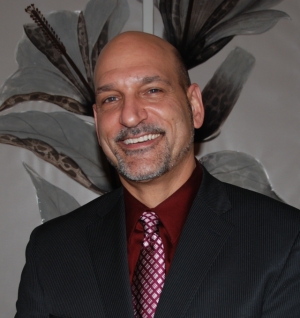From the May 2014 issue of HealthCare Business News magazine
Finding the balance between service costs and calculated risks
William W. Lauver, manager of clinical engineering system wide services at Allegheny Health Network in Pennsylvania took time out of his busy schedule to speak with DOTmed HealthCare Business News about what it takes to effectively manage a facility’s equipment service needs.
HCBN: Allegheny Health Network runs a large network of hospitals in Western Pennsylvania. What kinds of challenges does this present when you try to balance equipment service costs and risk?



Ad Statistics
Times Displayed: 76863
Times Visited: 2651 Ampronix, a Top Master Distributor for Sony Medical, provides Sales, Service & Exchanges for Sony Surgical Displays, Printers, & More. Rely on Us for Expert Support Tailored to Your Needs. Email info@ampronix.com or Call 949-273-8000 for Premier Pricing.
WL: Whether you run a small health clinic or a large health system, we all face the same challenges when it comes to equipment service costs and risk. One risk that cannot be compromised, however, is patient safety. With that said, we can now address the financial risk associated with equipment service.
When large health systems with reasonably standardized OEMs are involved, keenly negotiated OEM master “shared service” agreements are usually the best solution. This requires a highly trained in-house clinical engineering staff. The OEM provides technical training, diagnostic service software, technical support, parts, and backup labor as needed. A fixed maintenance cost for the health system and a fixed revenue stream for the OEM are now provided. Both parties can more effectively manage their book of business moving forward. The master agreement will include most, if not all, of the OEMs equipment. Doing this allows very aggressive pricing as financial risk is spread across a large base of equipment — it brings economies of scale to the table. In addition, the OEMs full-time employee commitment is minimized due to the presence of the highly trained in-house clinical engineering staff. The key to success here is true partnering. The OEM must treat the in-house staff as they do their own field service engineers, at least as much as possible. In turn, the inhouse staff must provide the OEM with a high-level of dedication to cost effectively repair equipment and execute proper routine maintenance. No board jockeying or shotgun approaches are welcome here. If mutually agreed upon, the in-house staff can also utilize second sourced parts and solutions when they are more cost-effective. In-house personnel has, at times, a little more flexibility and latitude than the OEM field service engineers do when it comes to executing creative, yet safe and effective solutions. Don’t be fooled here though, if effective negotiations do not take place, and true partnering does not exist, you will be left with a short-lived plan of attack.

